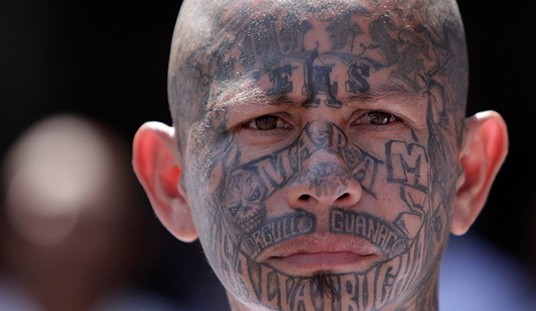The city that wanted to defund the police two years ago is now declaring a state of emergency over increased gun violence. Who could have seen this coming?
Portland Mayor Ted Wheeler declared a state of emergency this afternoon in an effort to reduce the wave of gun violence that has swept the city in recent years.
There were 673 shootings in the first half of 2022, double the number from the same period three years earlier.
“We will not stop until gun violence stops,” said Wheeler, noting that Portland’s rate of gun violence has risen far faster than peer cities, such as Minneapolis and San Francisco.
The latest emergency declaration was prompted by a data analysis of shootings and homicides in the city from the beginning of 2019 through 2021. This chart sums up the problem.

And while it’s true that homicide was up around the country starting in the summer of 2020, this chart shows the problem is dramatically worse in Portland than in the state or the US as a whole.

When compared to peer cities, Portland had the highest percentage increase in the homicide rate:
- Portland: 207% increase
- Minneapolis: 104% increase
- Atlanta: 54% increase
- San Francisco: 53% increase
- Denver: 47% increase
- Nashville: 23% increase
Atlanta still has an overall higher rate of homicides but in terms of the increase, Portland is the outlier. There’s also a breakdown of the victims and suspects in this crime wave by sex and race. Here again there’s a clear outlier which I’m guessing no one in the city will want to talk about. As you can see, African-Americans make up about 6% of the city’s population but constitute 41% of homicide suspects and 58% of nonfatal shooting suspects.

This chart is pretty clearly telling you where the bulk of this problem is happening in terms of neighborhoods. And to be clear, these same neighborhoods are also where most of the victims of this violence will be found: Black residents made up 39% of the homicide victims and 49% of shooting victims. But given that this is happening in the progressive northwest, you have to wonder if the city will allow police to make stops, searches and arrests that are similarly disproportionate by race or if doing so will be deemed problematic.
Additional charts in the report show that nearly 2/3 of the suspects in these shooting and homicide cases are already involved with the criminal justice system, meaning they have been in prison or on probation for previous crimes. This chart shows a list of some of the previous crimes suspects were involved in before they graduated to murder or attempted murder. The suspects are the green bars.

In any case, violent crime has doubled and Mayor Wheeler’s plan is to see a 10% decrease in crime over the next two years.
The listed goal of the plan is to reduce shootings and gun killings by at least 10% over the next two years.
KGW asked if a reduction of 10% is a high enough goal to counteract the sharp increase of shootings in Portland, which includes a 207% increase in rate of gun violence since 2019, per the CPSC study.
“We hope to do much, much better than that, but it’s also a statement of acknowledgement that there are many factors that come into play,” Wheeler said. “It’s a complex issue and it’s going to take time and energy, particularly if you’re talking about one-on-one interventions with that group of individuals who are likely to engaged in or impacted by gun violence. So, I see that as a floor, as a baseline.”
Wheeler isn’t really shooting for the moon here. He’s just trying to manage the ongoing disaster his leadership has helped create.








Join the conversation as a VIP Member